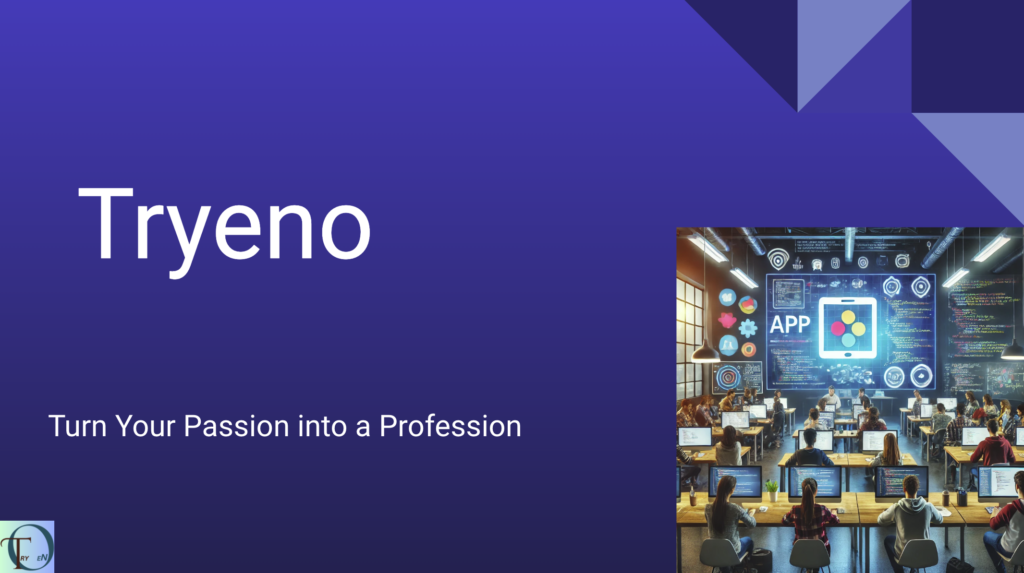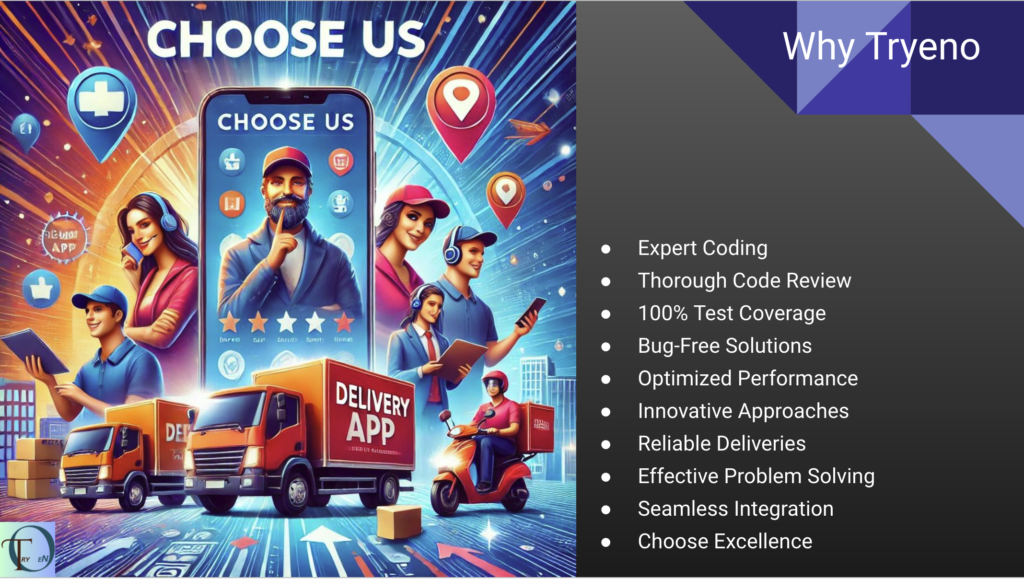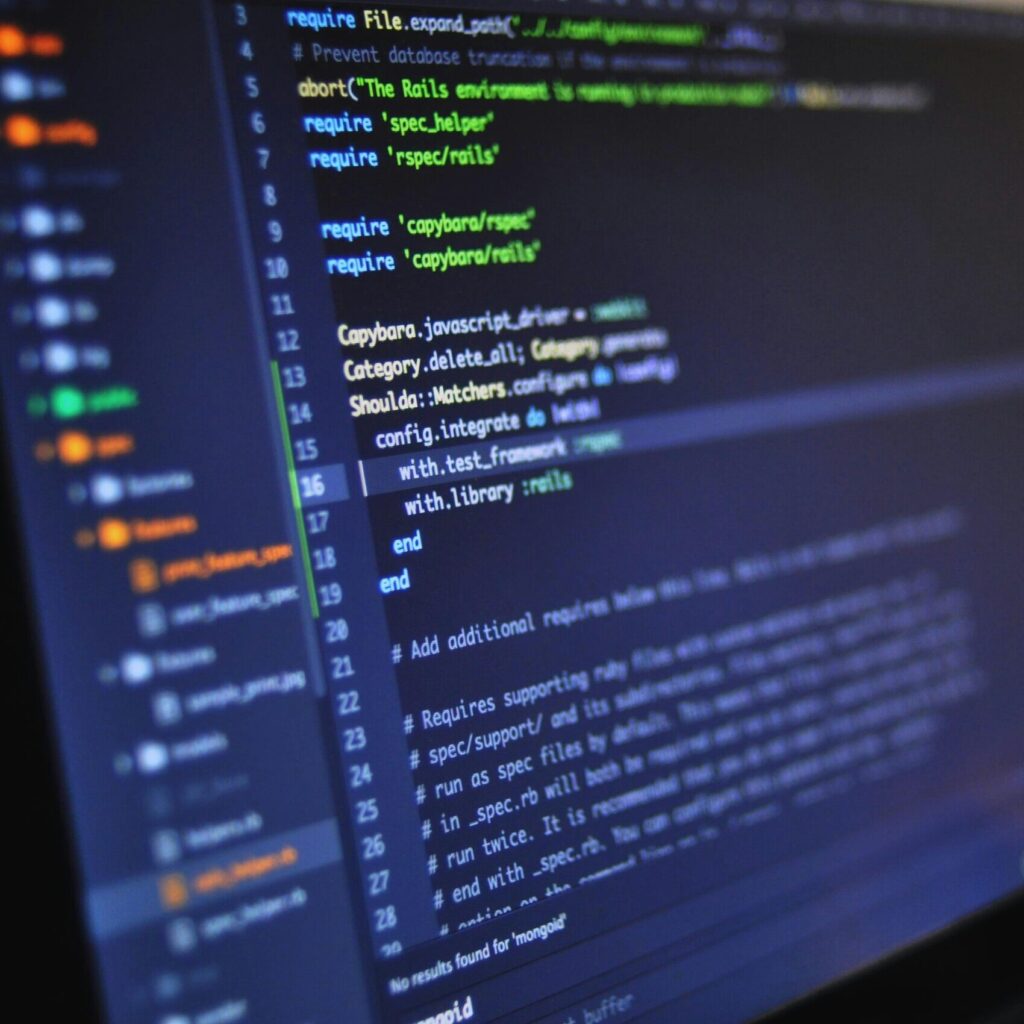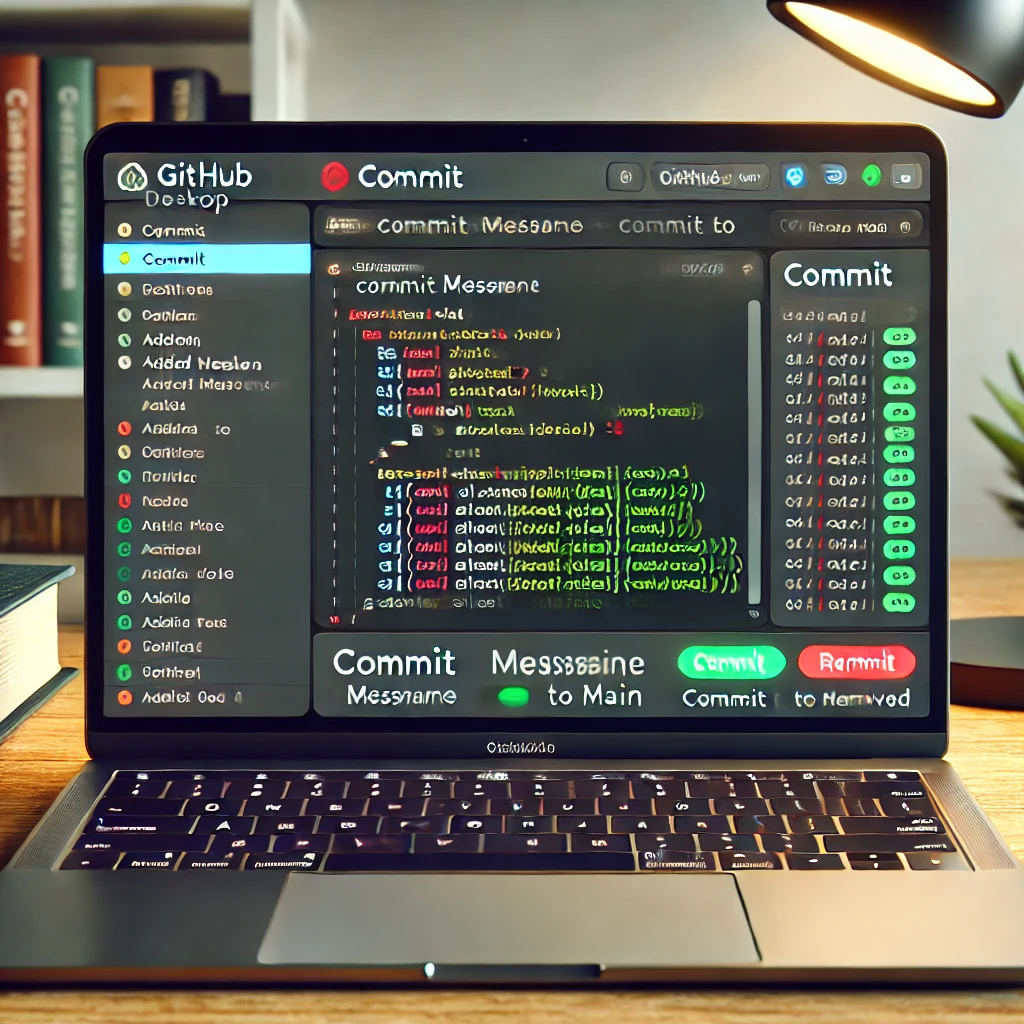Discount – SUMMER major discount is going on contact for discount.
About
Our comprehensive Python for Machine Learning course is designed to take you from beginner to advanced in just 3 months. You’ll master Python fundamentals, data science libraries like NumPy and Pandas, and essential machine learning algorithms through hands-on projects. Guided by industry experts, this program ensures you’re job-ready with real-world skills in data analysis, model building, and evaluation techniques. Unlock your potential in the fast-growing field of machine learning!
Preview







Demo
Free demo for 30 minutes.
Admission Fee
Free
Time & Fee Structure
The course will run for 3 month, with classes held two times a week, each class lasting one hour
Fee : Contact for Fee Details
Payment Details
Installment – 50% on admission time and remaining 50% at middle of course.
Full – 5% discount will be provided for one-time payments.
Special Benefits
- Two times throughout the course, an engineer from Japan with 12 years of experience in mobile development will join three classes to provide motivation, answer questions, and offer free advice on any kind of career-related questions.
- For weaker students, extra classes can be provided.
- WhatsApp group will be provided for QA.
Training Method
– Online class via google meet.
– Our training course uses live coding online and idea to teach you the course.
– We show examples and run them live on the console.
– You’ll get homework for practice and work on real projects to build your confidence.
Training Material
Code file will be shared.
How to apply
- via whatsapp group
- via call 8858893462
- via email dnm.dpm@gmail.com
Why should join this course?
Why Join This Course? Career Advantages:
Joining this Python for Machine Learning course offers immense benefits for your career:
- Python is the top programming language for data science, machine learning, and AI, opening doors to high-demand job opportunities.
- Mastering Python alongside powerful libraries like NumPy, Pandas, and scikit-learn makes you highly competitive in the job market.
- The hands-on projects and real-world applications you’ll work on ensure you are industry-ready, with practical experience in model building and data analysis.
- Python’s simplicity and versatility make it an ideal language to quickly grasp advanced machine learning concepts, positioning you for success in this fast-growing field.
By completing this course, you’ll be well-equipped to handle real-world machine learning problems, making you a valuable asset in today’s data-driven world.
Schedule
Week 1: Introduction to Python for Machine Learning
- Class 1: Overview of Python, setting up the environment (Anaconda, Jupyter Notebooks)
- Class 2: Basic Python concepts (variables, loops, functions, data types)
Week 2: Python Libraries for Data Science (Part 1)
- Class 1: Introduction to NumPy (arrays, basic operations)
- Class 2: Hands-on practice with NumPy: working with arrays and matrix operations
Week 3: Python Libraries for Data Science (Part 2)
- Class 1: Introduction to Pandas (dataframes, basic operations)
- Class 2: Data manipulation with Pandas (sorting, filtering, aggregation)
Week 4: Data Preprocessing (Part 1)
- Class 1: Data cleaning: handling missing values, duplicates
- Class 2: Data transformation: handling categorical variables, basic feature scaling
Week 5: Data Preprocessing (Part 2)
- Class 1: Data normalization and feature scaling (Min-Max, Z-score scaling)
- Class 2: Practice session: Implementing data preprocessing techniques in Python
Week 6: Data Visualization (Part 1)
- Class 1: Introduction to Matplotlib: basic plots, bar charts, line charts
- Class 2: Customizing plots with Matplotlib (adding titles, labels, and legends)
Week 7: Data Visualization (Part 2)
- Class 1: Introduction to Seaborn: advanced visualizations (histograms, pair plots)
- Class 2: Hands-on session: Creating advanced visualizations with Seaborn
Week 8: Introduction to Machine Learning
- Class 1: What is Machine Learning? Supervised vs unsupervised learning
- Class 2: Overview of the machine learning pipeline (data collection, model building, evaluation)
Week 9: Simple Linear Regression
- Class 1: Understanding Linear Regression, fitting a simple model
- Class 2: Evaluating model performance (Mean Squared Error, R-squared)
Week 10: Multiple Linear Regression
- Class 1: Introduction to multiple linear regression, selecting features
- Class 2: Hands-on session: building and evaluating a multiple regression model in Python
Week 11: Logistic Regression
- Class 1: Introduction to logistic regression for classification problems
- Class 2: Implementing logistic regression in Python with a practical example
Week 12: Decision Trees
- Class 1: Introduction to decision trees: understanding how they work and splits
- Class 2: Building a decision tree model using Python (with scikit-learn)


